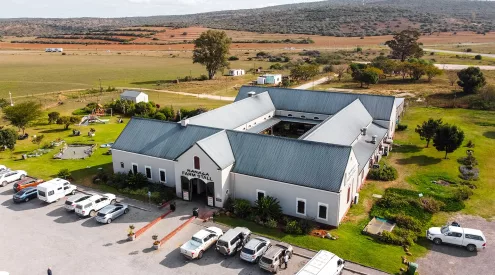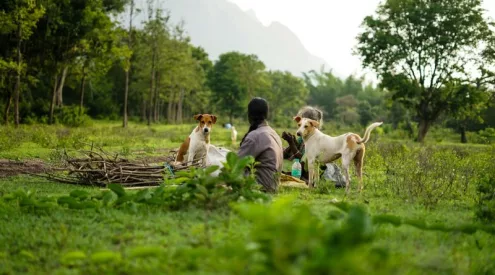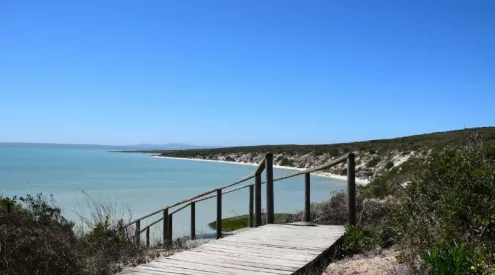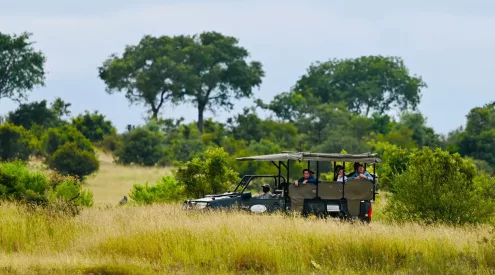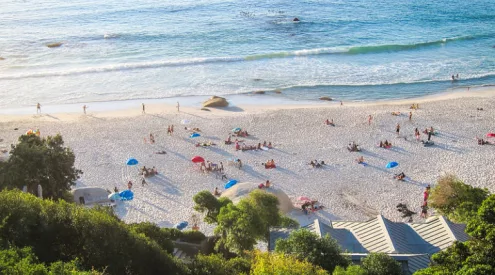11 guidelines for hiking novices that’ll get you stepping out like pro at the lowest cost.
1. Start small
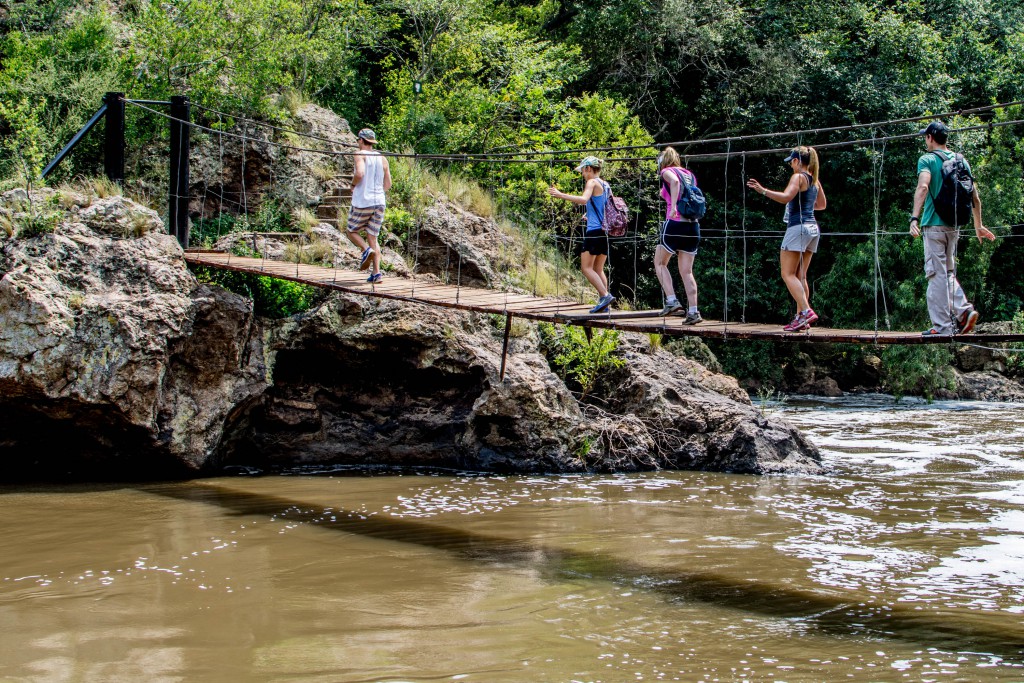
Suspension bridge over the Hennops River. Photo by Melanie van Zyl.
Also read: Hiking the Hennops Trail
Start with one-day trails so you won’t need to carry dinner, shelter, kilograms of water or invest in extravagant (and costly) gear. Pack light and do research online for easy-going trails nearby that are well-mapped – southafrica.info is a great site to start, with links to more detailed area-specific websites. Pace yourself and enjoy the outdoors.
2. Take friends
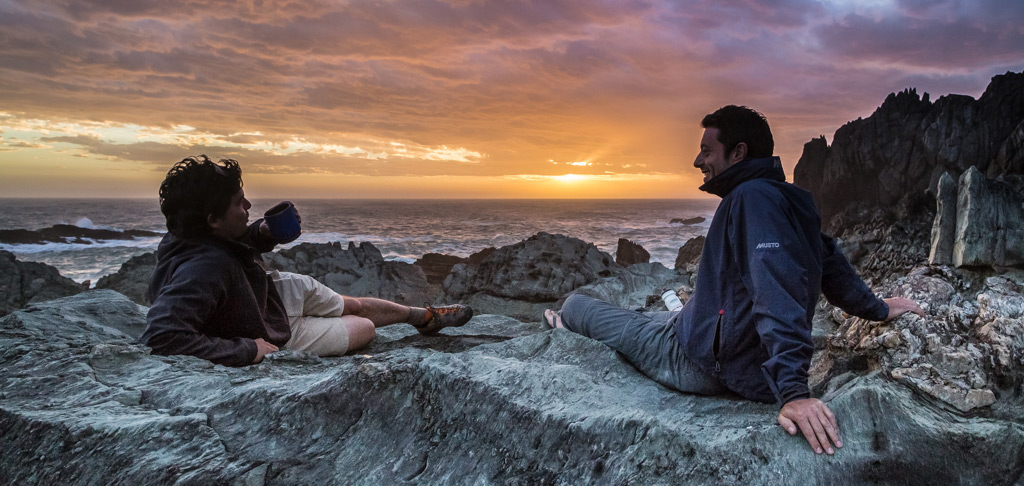
Day 3 of the Otter Trail. Photo by Chris Davies.
Bring a more experienced hiking buddy who knows the trails, rope in a like-minded keen amateur, trick your spouse or join a local hiking club to participate in an organised group hikes over the weekend. Adventure is much better shared.
3. Navigate right
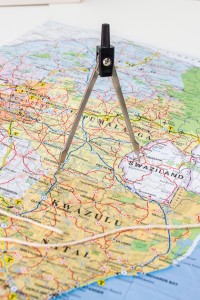
Print out maps of the trail or bring a guidebook to ensure you’re on the right track. You can also use Google Maps, even though a trail may not be marked, it still tracks your movement so you can see which general direction to take. Trail Guide South Africa is also a great resource.
4. Dress in layers

Make sure you can strip down to a lightweight shirt and shorts in the heat of the day, have a warm lightweight fleece to pull on in the afternoon plus a waterproof jacket (an emergency dustbin bag will also do the trick) for afternoon showers. Pack a scarf too – a versatile essential for extra warmth or shielding bare shoulders from the sun and lightweight enough not to hamper your walk (Mr Price and Cotton On have plenty of reasonably-priced options).
5. Water

Forgo the bladder (even though they’re awesome) and swap a 250-buck price tag for a R10 one by buying a 500ml bottle of water from the grocery store (if you don’t have a sports bottle lying around). Rather splurge on shoes or socks for now, but remember to reuse the plastic bottle. There are too many in the world already.
6. Use light footwear
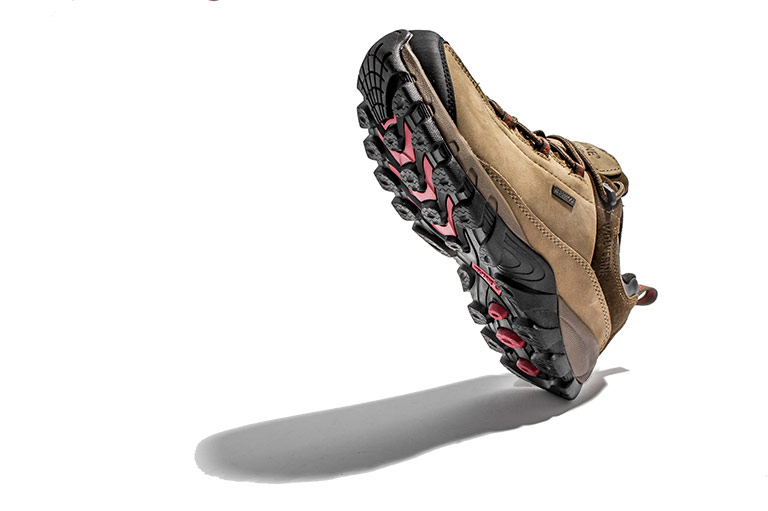
You don’t need hard-core leather boots to start hiking. Boots can be heavy and cumbersome for first-timers so stick to your trusty tackies for the first trip. However, they need to be worn-in, lightweight, comfortable and provide some ankle support with non-slip soles, such as Vibram, if the trail is rocky and terrain uneven.
7. Protection
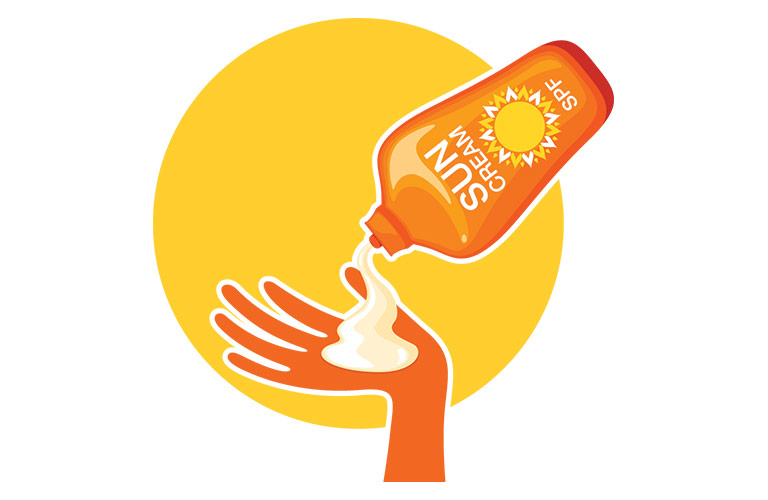
Cover up with a hat, lather on the SPF with both sunscreen and lip balm and invest in a UV Buff to keep the sun off your neck. This versatile item also doubles as warmth, headband and emergency lappie.
8. Daypack
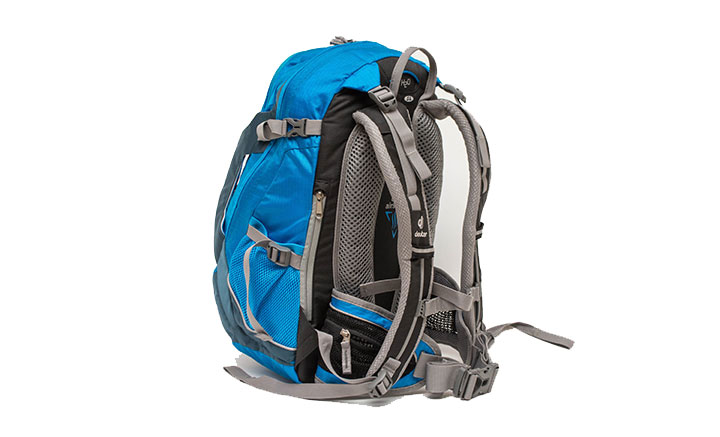
Look for a frameless casual pack between 10 and 30 litres with a comfortable hip belt, water container and a built-in rain cover. Remember, lighter is better so pick a comfortable compact pack you’re happy to carry for 10 hours. Any small niggle like an awkward strap or scratchy padding can become a big pain when there’s still five hours to walk. Try them out thoroughly in store and be 100 per cent sure when you buy that it’s the right one.
Also read: 10 best daypacks tested
9. Snacks
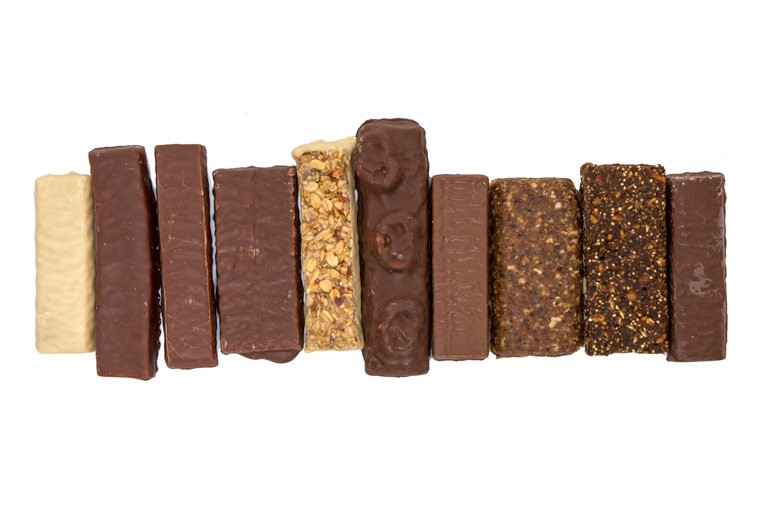
Pack a selection of lightweight snacks such as nuts, fruit, sarmies, biscuits and energy bars to keep you fuelled on the trail. Buy in bulk and separate into Ziplock bags for cost-effective snacking, otherwise browse the Woolies checkout aisle for smaller snack packs.
Also read: Energy bars: our top 10 taste-tested
10. Charge your phone
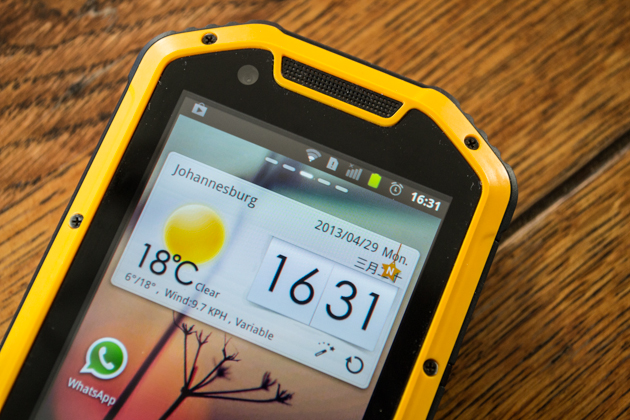
Charge your cellphone before you go and use it for emergencies, to check the weather, light up the path if your trail runs late, Google your way back to the car (drop a pin where you parked it before the hike) and snapping scenic panoramas along the way.
11. Socks
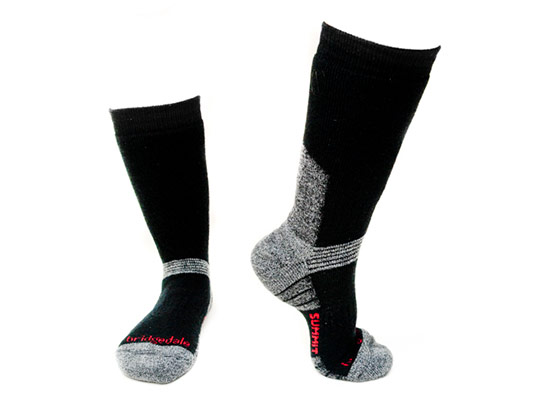
Stay away from pure cotton. Socks need to be breathable and transfer moisture away from your skin without absorbing it. This evaporation process is called wicking and it keeps your feet dry and warm during exercise. Cotton does the opposite of this due to bad ventilation properties; it absorbs sweat and creates a damp, cold layer on the skin. Socks made from wool and bamboo fibres are best, but polypropylene and polyester also wick effectively and are more affordable.

